QuestionAfter losing our 15 year old Siamese, we recently adopted a shelter cat verses a breeder cat like our previous. For no other reason, than to give a cat a home verses seeing her put to sleep.
My question is: My lilac Siamese was a clean cat. She never had any dander on her. I noticed that our new beauty has a lot of dander and I am wondering if this increases due to the stress on a new home, if it because she just came home from the shelter (they all seemed to be covered in it) or if I should expect it to be heavy if it is heavy now?
She's black, so it more apparent, and wipes off easy, and she's still skiddish - but getting better- and any advice would be appreciated. And NO, I would never give her back because of dander... she's found her home! :)
AnswerHi Maryann. Thank you so much for giving this kitty a home! Siamese are a breed that sheds less than most, so with many domestic cats, you are going to notice more dander. Add to that the black coat, and skin flakes will certainly stand out. However, stress does cause a cat to shed, so moving to a new home could certainly cause her skin to be flaking more than usual. You may see some of this subside as she settles in.
The best thing to do to keep shedding under control is to brush her at least a couple times a week with a slicker brush. These are available at pet stores. They have hooked wire teeth that will rake out loose fur and dead skin and distribute oils evenly throughout the coat. A high protein diet is also a good idea. This will keep her skin healthy. The dry food I feed, Taste of the Wild, has 42% protein. Some foods only have about 30%. In a canned food, something with 10% protein or more is great.
I only mention this because you say the kitties at the shelter were all covered in dander, and more than likely, it's because the volunteers didn't have time to brush them all as often as needed. But there is a mite called cheyletiella, or "walking dandruff". As you may have guessed, it's a mite that is large enough to be seen with the naked eye and resembles dandruff. You might want to have a vet check her out, just in case.

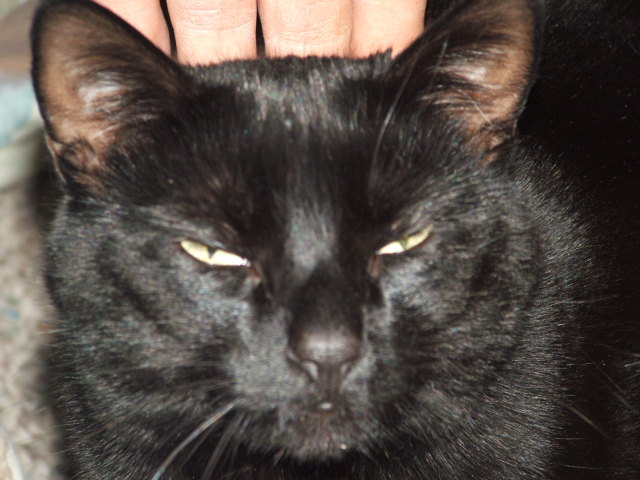 Cats not feeling well/sneezing a lot
QuestionFurry Children
QUESTION: I have 3 fixed
Cats not feeling well/sneezing a lot
QuestionFurry Children
QUESTION: I have 3 fixed
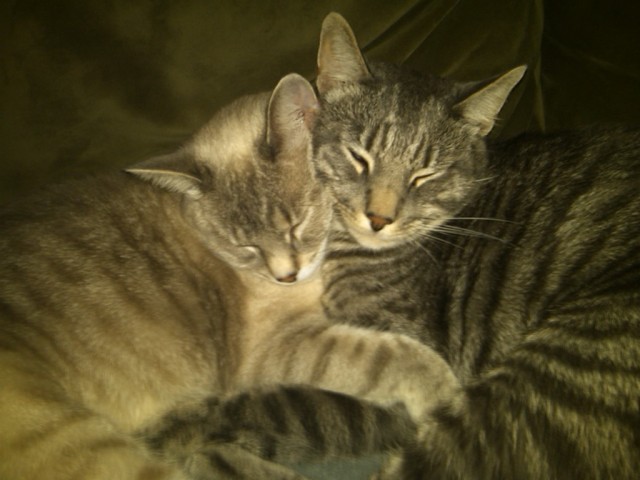 What breed/mix is my cat?
QuestionSugar and Oliver
QUESTION: Hi,
Im wond
What breed/mix is my cat?
QuestionSugar and Oliver
QUESTION: Hi,
Im wond
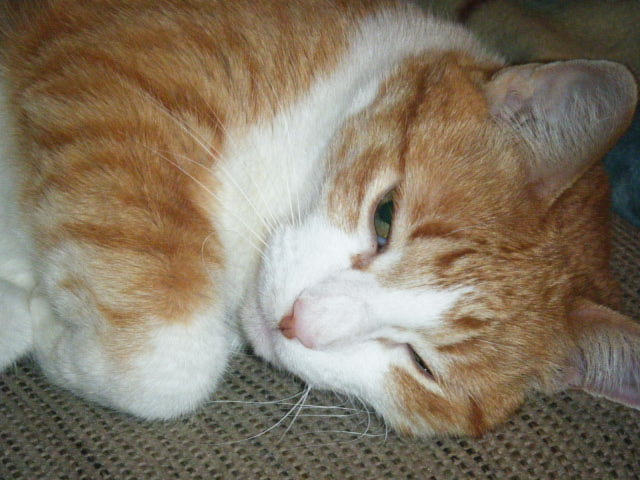 blackened area under lower jaw
Question
Daisy
My Daisy is a 12 year old short-h
blackened area under lower jaw
Question
Daisy
My Daisy is a 12 year old short-h
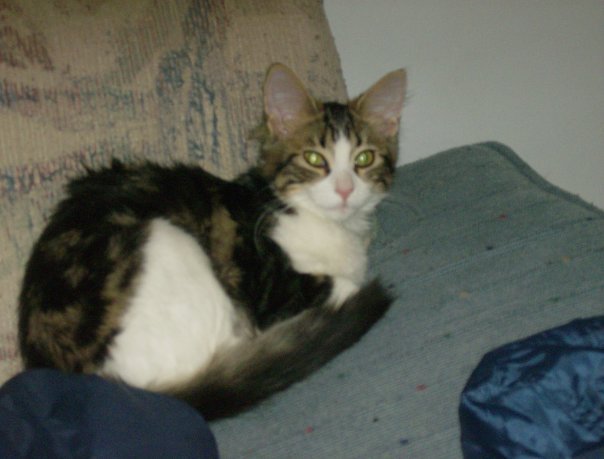 pregnat cat ??
Questionsophia
QUESTION: no one is avaible for t
pregnat cat ??
Questionsophia
QUESTION: no one is avaible for t
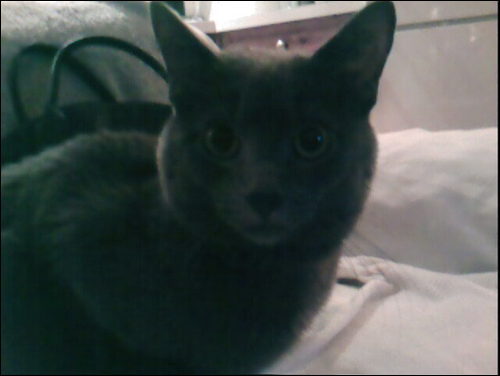 My cat pees on the carpet!
Question
My Cat Tigger
Hi I have a male cat he i
My cat pees on the carpet!
Question
My Cat Tigger
Hi I have a male cat he i